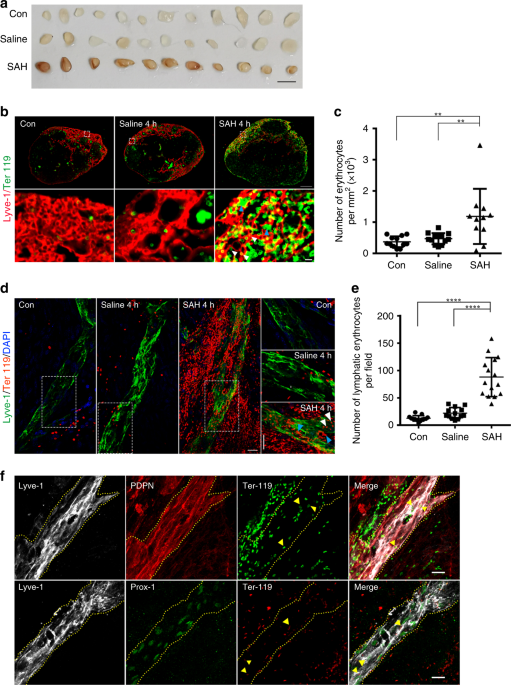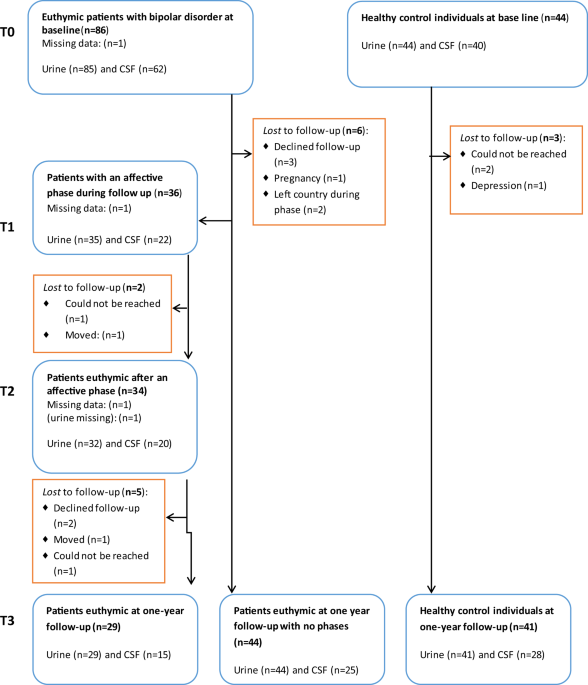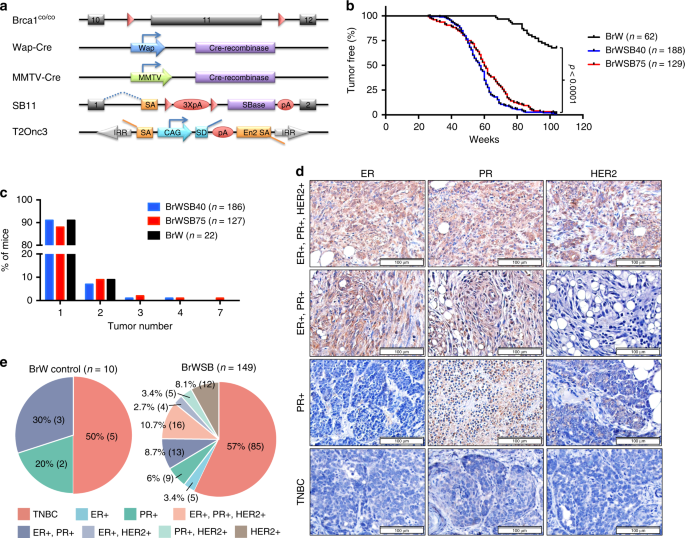- Select a language for the TTS:
- UK English Female
- UK English Male
- US English Female
- US English Male
- Australian Female
- Australian Male
- Language selected: (auto detect) - EN
Play all audios:
The role of genetic counsellors is central to the practice of genomic medicine. The first genetic counselling training programs in Europe began around 30 years ago. Paneque et al. survey the
current state of genetic counselling training programs in Europe [1]. Ten active programs were identified, most of which had a duration of 2 years. The first programs were in Manchester and
Cardiff UK, and have since spread Europe wide. Communicating the significance and implications of a genomic result are crucial for genetic counselling. Ellard et al. report an evaluation of
genome sequencing results letters in the UK National Health Service [2]. No standard format or type of content was identified in the letters, which reflects the fact there are no guidelines
for writing such letters. Letters giving a diagnosis typically discussed the result, the condition caused, any management implications, and adjusting to life with the diagnosis.
Droin-Mollard et al. report a study of young people’s views on genomic testing for cancer predisposition, which will inform genetic counselling needs [3]. Another major task for genetic
counsellors is to discuss the uncertainty around age of onset for individuals carrying disease-causing neurodegenerative gene variants. Rensink and colleagues discuss the ethical issues
around using predictive biomarkers to help predict age of onset in such scenarios [4]. Given that clinicians will often encounter specific types of rare condition too infrequently to become
expert, literature guidelines are invaluable. In this issue of European Journal of Human Genetics, 4 European reference networks provide a consensus statement on management of Bardet Biedl
Syndrome [5]. Clinical diagnostic criteria are summarised and recommendations for genetic testing made. A detailed proposed schedule of clinical monitoring across body systems is also
provided. Vos et al. provide a detailed description of a large number of people with chromosome 16 copy number variants [6]. Different clinical features associated with different sizes of
16p11 deletions and duplications are delineated. In this issue, there is a report of late-onset tumours in rhabdoid tumour predisposition syndrome type 1 (associated with SMARCB1 variants),
the implications for patient surveillance are discussed [7]. Smal and colleagues utilise burden analysis of exome data to identify novel candidate neurodevelopmental disorder genes [8]. The
initial list of candidate genes was derived from genes identified in de novo burden studies. Applying a burden analysis based on these candidate genes, identified evidence for RIF1, CAMK2D,
RAB11FIP4B, AGO3, PCBP2, LEO1 and VCP as novel neurodevelopmental disorder genes. This exemplifies an approach to reanalysing existing exome and genome data to provide novel diagnoses. There
is little consensus on how and when clinical exome/genome data for undiagnosed individuals should be reanalysed. An Australian study identified that most reanalysis were triggered by
clinician requests, and that workforce capacity was perceived as a major barrier to offering reanalysis [9]. Despite advanced genomic technologies being applied, most families with
hypercalciuria remain genomically unsolved. Hypercalciuria is the most common metabolic risk factor for kidney stones. Guleray Lafci et al. identify recessive variants in TRPV5 as a cause of
familial hypercalciuria [10]. They term this condition renal calcium wasting hypercalciuria (RCWH). While exome and genome sequencing is primarily used in clinical practice to identify the
monogenic causes of a disease, these technologies can also identify genomic variants that predispose to disease that are unrelated to the patient’s presenting symptoms. These are termed
additional or secondary findings. In a study of over 14,000 Qataris, genome sequencing identified a reportable incidental finding in 3.5% [11]. The most common variants were in TTN, RYR1 and
ATP7B. Correctly classifying variants as pathogenic, or not, is a ongoing challenge in medical genomics. In this issue, Curtis analyses the ability of AlphaMissense to classify the effect
of genetic variants contributing to common disease [12]. Functional studies, in experimental systems, remain crucial for validating genomic variants. Automated cilia analysis is reported as
a functional read out for INPP5E variants [13]. This work helped to establish variants in this gene as causal for non-syndromic retinitis pigmentosa. Genome technologies have helped us
understand human evolution and global migration patterns. Sharko et al. report an ancient DNA study of individuals from the Koban culture [14]. The analysis reveals the ancestral origins of
Kobans and who their descendant populations might be. Ancestral genomic influences are of more than theoretical importance. Ancestral genomic backgrounds can influence the interpretation of
complex trait genetics, and act as a confounder. This is discussed in the context of UK biobank by Pankratov et al. [15]. Another UK Biobank study models the utility of a polygenic risk
score for colorectal cancer prediction in primary care [16]. REFERENCES * Paneque M, O´Shea R, Narravula A, Siglen E, Ciuca A, Abulí A, et al. Thirty-years of genetic counselling education
in Europe: a growing professional area. Eur J Hum Genet. 2024. https://doi.org/10.1038/s41431-024-01552-8 Article PubMed Google Scholar * Ellard H, Clarke A, Wynn S, Pichini A, Lewis C.
Written communication of whole genome sequencing results in the NHS Genomic Medicine Service: a multi-centre service evaluation. Eur J Hum Genet. 2024.
https://doi.org/10.1038/s41431-024-01636-5 Article PubMed Google Scholar * Droin-Mollard M, De Montgolfier S, Gimenez-Roqueplo A-P, Flahault C, Petit A, Bourdeaut F, et al. Psychological
and ethical issues raised by genomic in paediatric care pathway, a qualitative analysis with parents and childhood cancer patients. Eur J Hum Genet. 2024.
https://doi.org/10.1038/s41431-024-01653-4 Article PubMed Google Scholar * Rensink M, Bolt I, Schermer M. Predicting age of onset and progression of disease in late-onset genetic
neurodegenerative diseases: an ethics review and research agenda. Eur J Hum Genet. 2024. https://doi.org/10.1038/s41431-024-01688-7 Article PubMed Google Scholar * Dollfus H, Lilien MR,
Maffei P, Verloes A, Muller J, Bacci GM, et al. Bardet-Biedl syndrome improved diagnosis criteria and management: Inter European Reference Networks consensus statement and recommendations.
Eur J Hum Genet. 2024. https://doi.org/10.1038/s41431-024-01634-7 Article PubMed Google Scholar * Vos N, Kleinendorst L, Van Der Laan L, Van Uhm J, Jansen PR, Van Eeghen AM, et al.
Evaluation of 100 Dutch cases with 16p11.2 deletion and duplication syndromes; from clinical manifestations towards personalized treatment options. Eur J Hum Genet. 2024.
https://doi.org/10.1038/s41431-024-01601-2 Article PubMed Google Scholar * Nakano Y, Acker M, Druker H, Van Engelen K, Meyn MS, Wasserman JD, et al. Late-onset tumors in rhabdoid tumor
predisposition syndrome type-1 (RTPS1) and implications for surveillance. Eur J Hum Genet. 2024. https://doi.org/10.1038/s41431-024-01674-z Article PubMed Google Scholar * Smal N, Majdoub
F, Janssens K, Reyniers E, Meuwissen MEC, Ceulemans B, et al. Burden re-analysis of neurodevelopmental disorder cohorts for prioritization of candidate genes. Eur J Hum Genet. 2024.
https://doi.org/10.1038/s41431-024-01661-4 Article PubMed PubMed Central Google Scholar * Best S, Fehlberg Z, Richards C, Quinn MCJ, Lunke S, Spurdle AB, et al. Reanalysis of genomic
data in rare disease: current practice and attitudes among Australian clinical and laboratory genetics services. Eur J Hum Genet. 2024. https://doi.org/10.1038/s41431-024-01633-8 Article
PubMed PubMed Central Google Scholar * Guleray Lafci N, Van Goor M, Cetinkaya S, Van Der Wijst J, Acun M, Kurt Colak F, et al. Decreased calcium permeability caused by biallelic TRPV5
mutation leads to autosomal recessive renal calcium-wasting hypercalciuria. Eur J Hum Genet. 2024. https://doi.org/10.1038/s41431-024-01589-9 Article PubMed Google Scholar * Elfatih A,
Saad C, Ismail S, Al-Muftah W, Badji R, Darwish D, et al. Analysis of 14,392 whole genomes reveals 3.5% of Qataris carry medically actionable variants. Eur J Hum Genet. 2024.
https://doi.org/10.1038/s41431-024-01656-1 Article PubMed Google Scholar * Curtis D. Assessment of ability of AlphaMissense to identify variants affecting susceptibility to common
disease. Eur J Hum Genet. 2024. https://doi.org/10.1038/s41431-024-01675-y Article PubMed Google Scholar * Whiting KR, Haer-Wigman L, Florijn RJ, Van Beek R, Oud MM, Plomp AS, et al.
Utilization of automated cilia analysis to characterize novel INPP5E variants in patients with non-syndromic retinitis pigmentosa. Eur J Hum Genet. 2024.
https://doi.org/10.1038/s41431-024-01627-6 Article PubMed Google Scholar * Sharko FS, Boulygina ES, Tsygankova SV, Slobodova NV, Rastorguev SM, Krasivskaya AA, et al. Koban culture
genome-wide and archeological data open the bridge between Bronze and Iron Ages in the North Caucasus. Eur J Hum Genet. 2024. https://doi.org/10.1038/s41431-023-01524-4 Article PubMed
Google Scholar * Pankratov V, Mezzavilla M, Aneli S, Kuznetsov IA, Fusco D, Wilson JF, et al. Ancestral genetic components are consistently associated with the complex trait landscape in
European biobanks. Eur J Hum Genet. 2024. https://doi.org/10.1038/s41431-024-01678-9 Article PubMed PubMed Central Google Scholar * Mallabar-Rimmer B, Merriel SWD, Webster AP, Jackson L,
Wood AR, Barclay M, et al. Colorectal cancer risk stratification using a polygenic risk score in symptomatic primary care patients—a UK Biobank retrospective cohort study. Eur J Hum Genet.
2024. https://doi.org/10.1038/s41431-024-01654-3 Article PubMed Google Scholar Download references AUTHOR INFORMATION AUTHORS AND AFFILIATIONS * Division of Neuroscience and Neuroscience
Institute, The University of Sheffield, Sheffield, UK Alisdair McNeill * Sheffield Clinical Genetics Service, Sheffield Children’s Hospital NHS Foundation Trust, Sheffield, UK Alisdair
McNeill Authors * Alisdair McNeill View author publications You can also search for this author inPubMed Google Scholar CONTRIBUTIONS AM conceived and wrote this editorial. CORRESPONDING
AUTHOR Correspondence to Alisdair McNeill. ETHICS DECLARATIONS COMPETING INTERESTS The author declares no competing interests. ADDITIONAL INFORMATION PUBLISHER’S NOTE Springer Nature remains
neutral with regard to jurisdictional claims in published maps and institutional affiliations. RIGHTS AND PERMISSIONS Reprints and permissions ABOUT THIS ARTICLE CITE THIS ARTICLE McNeill,
A. November in EJHG: looking at genetic counsellor training in Europe, novel clinical guidelines and ancestral impact on variant interpretation. _Eur J Hum Genet_ 32, 1343–1344 (2024).
https://doi.org/10.1038/s41431-024-01713-9 Download citation * Published: 19 November 2024 * Issue Date: November 2024 * DOI: https://doi.org/10.1038/s41431-024-01713-9 SHARE THIS ARTICLE
Anyone you share the following link with will be able to read this content: Get shareable link Sorry, a shareable link is not currently available for this article. Copy to clipboard Provided
by the Springer Nature SharedIt content-sharing initiative








